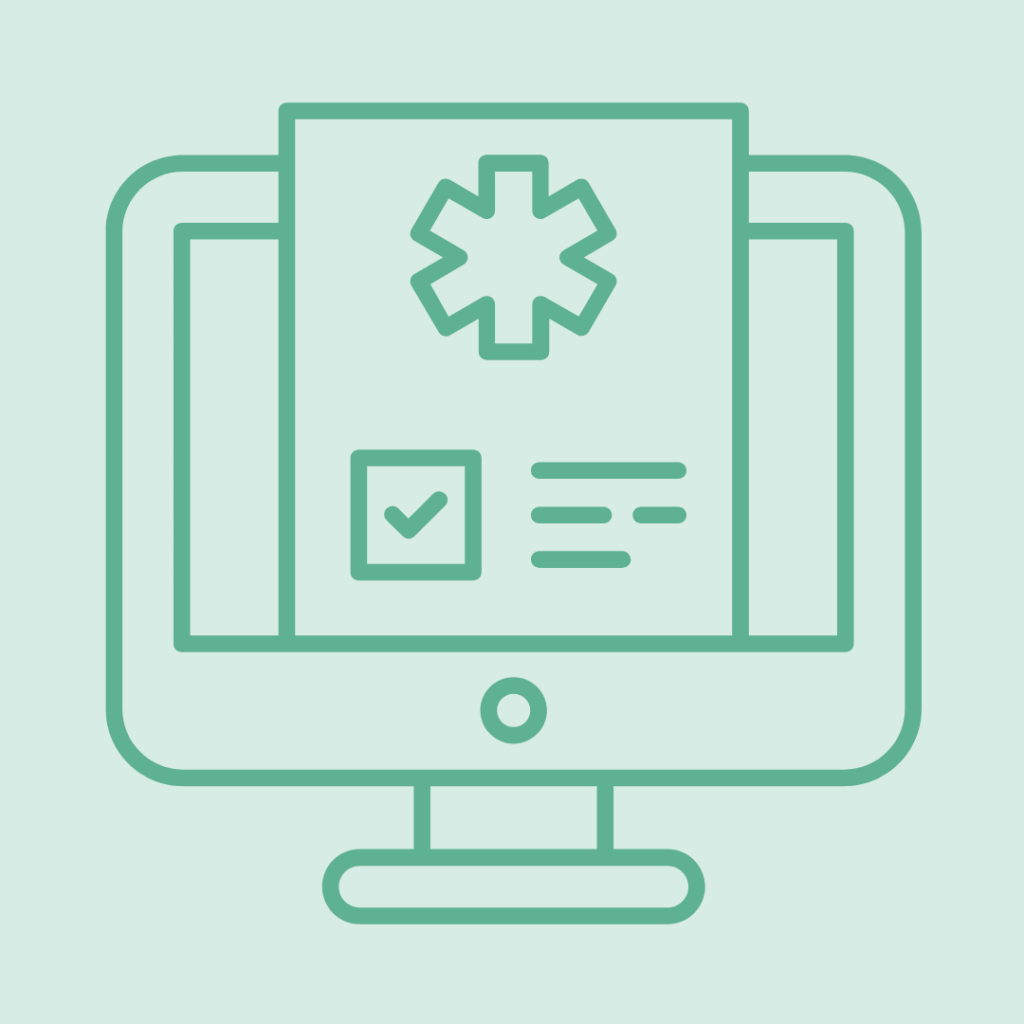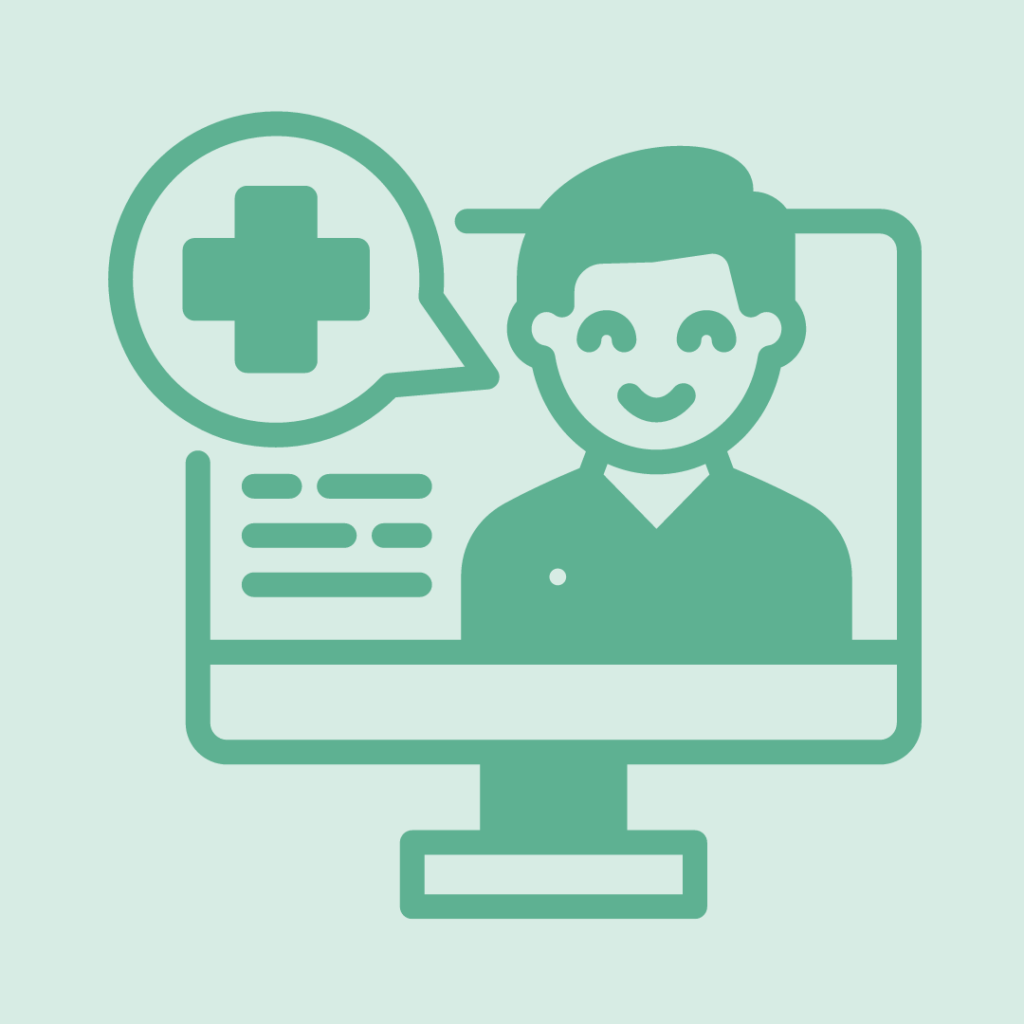Urinary Incontinence treatment
6am - midnight, 7 days a week
Accessible from anywhere in Australia.
eScript in minutes
Medication delivery

What is urinary incontinence?
Urinary incontinence is the involuntary loss of bladder control, leading to unintentional leakage of urine. It can affect people of all ages but is more common in older adults and women. Urinary incontinence can range from occasional leaks to a complete inability to control urination.
Urinary Incontinence Treatment Options

Online Prescriptions
- For when your script has run out
- Script sent to your phone
- Doctor approved

Telehealth Consultations
- When you need to speak to a doctor
- Online, Video & Phone Call or Message
- Fast access to medical advice
Medical Certificates
- For when your script has run out
- Script sent to your phone
- Doctor approved

Urinary Incontinence Symptoms
Symptoms vary based on the type of incontinence but may include:
- Sudden, strong urges to urinate (urge incontinence)
- Leaking urine when coughing, sneezing, or exercising (stress incontinence)
- Frequent urination, including at night (nocturia)
- Continuous dribbling of urine (overflow incontinence)
- Inability to reach the toilet in time (functional incontinence)
Understanding Urinary Incontinence
Explore the causes, types, and potential complications of urinary incontinence.
Urinary incontinence can be caused by weakened pelvic floor muscles, nerve damage, childbirth, menopause, urinary tract infections, or certain medications. It may also result from underlying medical conditions like diabetes or prostate issues.
Types include stress incontinence (leakage from pressure like coughing), urge incontinence (strong, sudden need to urinate), overflow incontinence (incomplete bladder emptying), and functional incontinence (difficulty reaching the toilet in time).
Untreated urinary incontinence can lead to skin irritation, urinary tract infections, embarrassment, and reduced quality of life. Emotional impacts such as anxiety and social withdrawal are also common.

Need a Specialist Referral?Get Yours in a Few Simple Steps!
Skip the long clinic waits and get referred to a specialist in minutes. The process is fast, secure, and simple.
- Quick access to specialist referrals – no in-person appointments needed
- Telehealth consultations with trusted, licensed doctors
- Fast, reliable service – referrals sent directly to your chosen specialist
- Convenient and affordable healthcare from your home
- No hidden costs – just simple, upfront pricing
Frequently
Asked Questions
Urinary incontinence can be caused by a variety of factors, including weak bladder muscles, nerve damage, urinary tract infections, prostate problems in men, pregnancy, childbirth, obesity, or certain medications. It can also be linked to conditions like diabetes, neurological disorders, or pelvic floor disorders.
The main types of urinary incontinence include stress incontinence (leakage during physical activities like coughing, laughing, or sneezing), urge incontinence (sudden, intense urges to urinate), overflow incontinence (incomplete bladder emptying leading to dribbling), and functional incontinence (physical or mental impairments that prevent timely access to a bathroom).
A healthcare provider will typically conduct a medical history review, physical examination, and may perform tests such as urinalysis, bladder diaries, urodynamic testing, or ultrasound to determine the underlying cause of incontinence.
Yes, urinary incontinence can often be treated or managed effectively. Treatment options depend on the type and severity of the condition and may include lifestyle changes, pelvic floor exercises (Kegels), medications, bladder training, physical therapy, or surgical interventions in more severe cases.
Yes, certain lifestyle changes can improve urinary incontinence. These include maintaining a healthy weight, avoiding bladder irritants like caffeine and alcohol, performing pelvic floor exercises, staying hydrated, and scheduling regular bathroom breaks to prevent urgency.
There are several medications that can help manage urinary incontinence, especially urge incontinence. These include anticholinergics, beta-3 agonists, or hormone therapy. Medications can help reduce bladder spasms or increase bladder capacity, but they may have side effects, so they should be discussed with a doctor.
